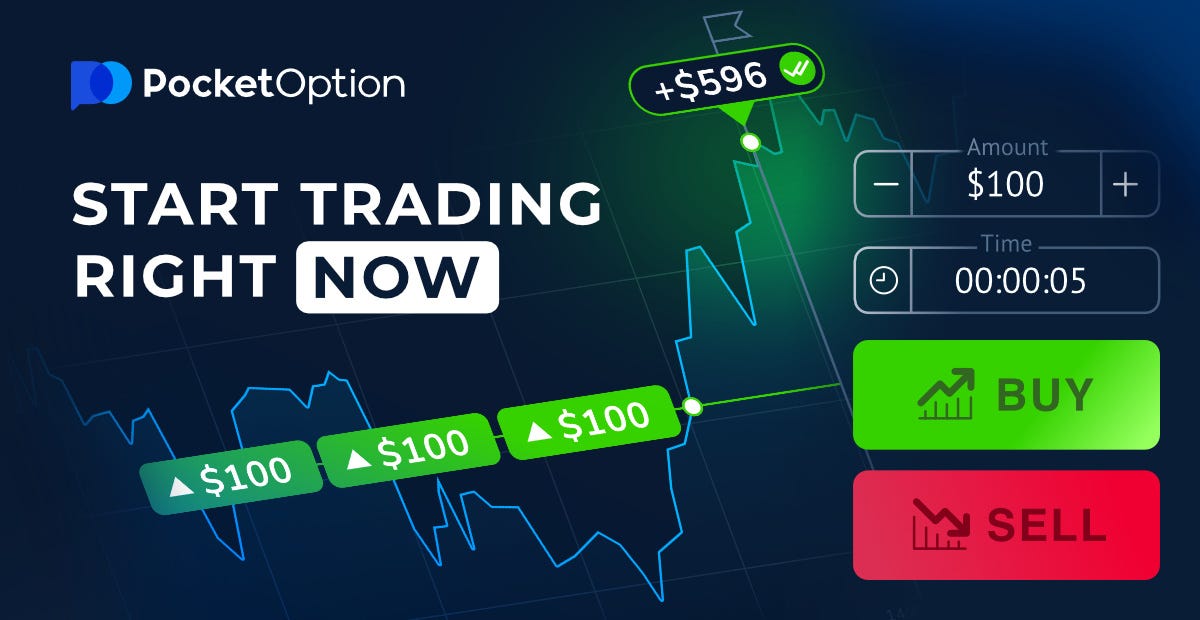
Trading Breakdown of Assets
In the vast world of finance, trading various assets is a pivotal component of investment strategy. Understanding the trading breakdown of assets is critical for any trader or investor looking to navigate the bustling markets. This article provides a comprehensive overview of different asset classes, their characteristics, and approaches for successful trading. Additionally, we will discuss important tools and factors that influence trading decisions, as well as strategies tailored for specific asset types. For a more in-depth perspective on this subject, you might want to explore Trading Breakdown of Assets Rozkład handlowy aktywów.
Understanding Asset Classes
At its core, trading involves the exchange of assets, which can be broadly categorized into various classes. Each asset class has its nuances, risks, and benefits. The major asset classes include:
- Stocks: Represent shares of ownership in a company. Stocks are traded on stock exchanges and are typically classified into two main categories: common stocks and preferred stocks. Investors trade stocks with the expectation that they will appreciate in value over time.
- Bonds: Debt instruments that represent a loan made by an investor to a borrower. Bonds are used by corporations, municipalities, and governments to finance projects. They pay periodic interest and return the principal upon maturity. The bond market can be complex, with different types of bonds such as corporate, municipal, and treasury bonds.
- Commodities: Physical goods such as oil, gold, or agricultural products that can be traded on commodity exchanges. Commodities are typically standardized and traded in bulk. The trading of commodities can be influenced by supply and demand dynamics, geopolitical events, and weather conditions.
- Forex: The foreign exchange market is where currencies are traded. It is the largest financial market in the world and operates 24/5. Traders deal in currency pairs, speculating on the exchange rate fluctuations to make profits. Forex trading is characterized by high volatility and liquidity.
- Cryptocurrencies: Digital currencies that rely on blockchain technology. Bitcoin, Ethereum, and Litecoin are among the most popular. The cryptocurrency market is relatively new compared to other asset classes and is known for its significant price volatility and speculative nature.

The Importance of Diversification
Diversification is a critical concept in trading that helps to manage risk across different asset classes. By spreading investments among various asset types, traders can reduce the impact of a poor-performing asset on their overall portfolio. For instance, while stocks may be experiencing a downturn, bonds or commodities might be performing well, balancing potential losses. A diversified portfolio typically includes a mix of the aforementioned asset classes, tailored to the investor’s risk tolerance and financial goals.
Factors Affecting Asset Trading
Understanding the factors that affect trading in various asset classes is crucial for making informed decisions. Here are some of the significant influences:
- Economic Indicators: Economic reports, such as unemployment rates, inflation, and GDP growth, can influence market sentiment and impact asset prices. Traders often pay close attention to these indicators to predict market direction.
- Market Sentiment: Investor sentiment can drive market trends. Positive news can encourage buying, while negative news often results in selling pressure. Keeping an eye on market sentiment is essential for anticipating price movements.
- Geopolitical Events: Political instability, trade disputes, and natural disasters can create uncertainty in the markets, affecting asset prices. For example, an oil price increase may occur due to geopolitical tensions in oil-producing regions.
- Interest Rates: Changes in interest rates can significantly impact the value of different asset classes. For instance, when central banks raise interest rates, bond prices typically fall, while stocks may experience volatility as borrowing costs rise.
- Supply and Demand: Especially relevant in commodity trading, supply and demand dynamics can greatly influence prices. For example, a poor harvest can lead to increased prices for agricultural commodities, while excess supply can drive prices down.

Trading Strategies for Different Assets
Each asset class requires tailored trading strategies to optimize performance. Here are some common approaches:
- Stocks: Traders often use technical analysis to identify patterns and trends. Fundamental analysis is also important for long-term investors who focus on a company’s performance, management quality, and growth potential.
- Bonds: Strategies might include laddering bonds to manage interest rate risk or creating a bond portfolio focused on specific credit ratings or maturities.
- Commodities: Traders often employ futures contracts to speculate on price movements or hedge against risks in related markets. Technical analysis can also be beneficial given the unique factors influencing commodity prices.
- Forex: Currency trading strategies include scalping, day trading, and swing trading. Many traders use leverage to maximize returns but must be cautious of the risks inherent in trading on margin.
- Cryptocurrencies: Given the volatility of this market, strategies often focus on short-term trades and exploiting rapid price movements. Fundamental analysis of blockchain technologies and market news is crucial for cryptocurrency traders.
Conclusion
In conclusion, understanding the trading breakdown of assets is essential for both novice and experienced traders. By grasping the characteristics of various asset classes and the dynamics that influence them, traders can make informed decisions that align with their financial goals. Diversification remains a key strategy to mitigate risks while focusing on tailored approaches for individual asset classes can enhance trading success. As always, continuous education and staying updated with market news are vital components for anyone in the trading arena.